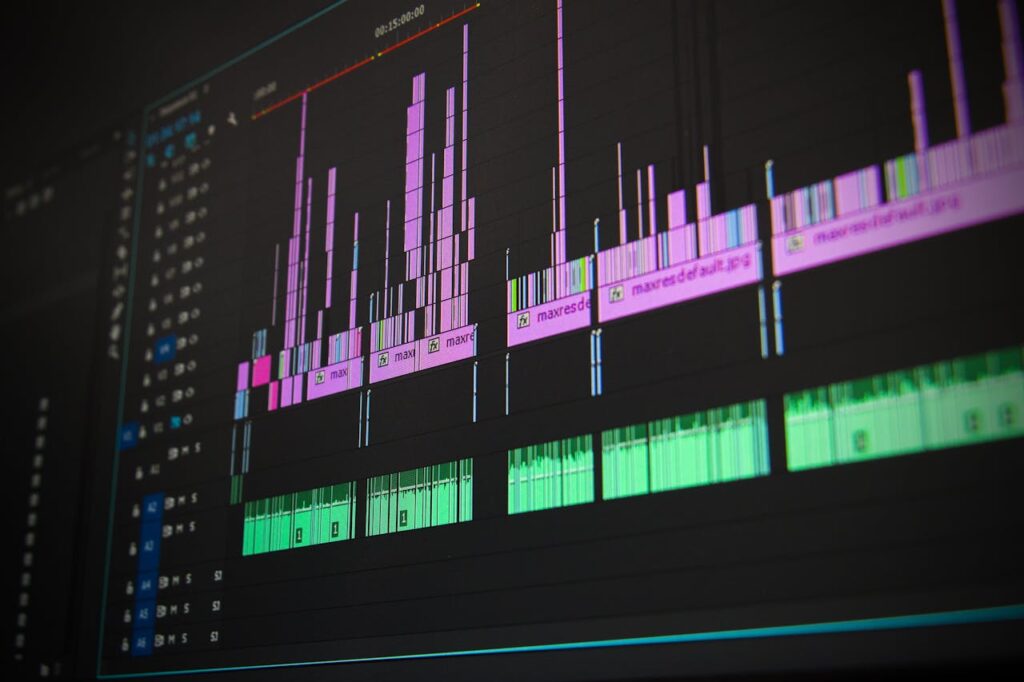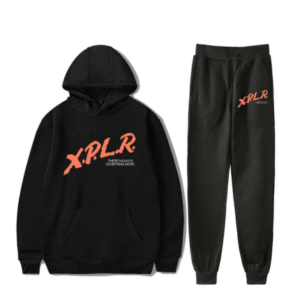
In an era dominated by visual storytelling, Artificial Intelligence (AI) is transforming how videos are conceived, created, and consumed. The evolution of AI video generators marks a milestone in content production, enabling creators to generate engaging videos effortlessly—often from simple text prompts or minimal raw footage. As brands, influencers, and educators race to keep pace with digital demand, these tools are redefining efficiency, creativity, and authenticity in the content landscape.
The Rise of AI-Powered Creativity
AI video generators combine natural language processing, machine learning, and computer vision to automate video creation. Platforms powered by these technologies can generate a complete video from a script in minutes, adding dynamic visuals, voiceovers, captions, and transitions that mimic professional editing. This has made high-quality content accessible to anyone, regardless of technical expertise.
Businesses are increasingly turning to AI tools to scale their video marketing efforts. Whether producing product demos, explainer clips, or social ads, the ability to create multiple videos swiftly has become invaluable. For creative professionals and small startups alike, integrating AI video generators into their workflow has opened a world of opportunities where the traditional boundaries of time and cost no longer apply.
Why AI Video Generators Are Changing the Game
Speed and scalability are the most apparent advantages of using AI video tools. But the impact goes deeper. They help democratize creativity by eliminating the need for expensive equipment or specialized software. The intuitive interfaces of leading AI platforms allow users to choose themes, styles, and tones while the algorithm refines the video automatically.
Moreover, personalization is at the core of AI innovation. Tools now adapt to audience preferences by analysing engagement metrics and tailoring content accordingly. For example, marketers can use AI to predict which visuals or voice styles resonate best with viewers, ensuring every video feels custom-designed. As discussed on platforms like digital innovation insights, AI is not merely automating production, it’s enhancing creative decision-making through data-driven insights.
Transforming Industries Beyond Marketing
AI video generation isn’t confined to advertising or entertainment. Education, journalism, and corporate training are increasingly leveraging AI to produce smarter, faster communication. Educators can craft interactive lessons, while journalists use AI to turn written reports into video explainers in seconds. In corporate settings, training modules powered by AI video synthesis are improving retention and engagement through visual storytelling.
Healthcare professionals, too, are experimenting with AI-generated animations to explain complex medical concepts more clearly. These dynamic tools are setting new standards for accessibility and comprehension, taking visual communication to unprecedented heights.
Ethical and Creative Challenges Ahead
Despite its enormous potential, the technology raises crucial ethical questions. Issues related to misinformation, intellectual property, and authenticity must be addressed as AI-generated content becomes widespread. The line between human creativity and machine-produced art continues to blur, prompting debates about authorship and originality.
Regulatory frameworks and transparency measures are essential to ensuring responsible AI use. As explored in industry analyses like emerging content technologies, the future of AI video generation depends on finding the right balance between creative freedom and accountability.
The Road Ahead: Human + Machine Collaboration
The promise of AI is not to replace human creativity but to amplify it. Video generators act as creative partners, handling repetitive tasks while leaving humans to focus on storytelling, emotion, and strategy. This synergy is already visible in the entertainment sector, where filmmakers experiment with AI-assisted storyboards and visual effects to accelerate production.
With continued advancements, future AI systems will likely feature real-time editing based on audience feedback, multilingual voice synthesis, and hyper-personalised recommendations. These developments will redefine how brands communicate and how consumers interact with digital content.
Conclusion
The rise of AI video generators symbolizes a new chapter in digital content creation—a fusion of art, science, and automation. As technology continues to mature, video creation will become even more democratized, efficient, and innovative. Creators who embrace AI-driven tools today are not just optimizing productivity; they’re shaping the storytelling methodologies of tomorrow.
For those keen to explore how AI is influencing visual media trends, resources such as modern innovation updates, daily creative trends, and technology insights hub offer valuable perspectives on the transformative potential of artificial intelligence.
The future of video content creation is unfolding before our eyes—powered by AI, guided by human creativity, and propelled by an insatiable demand for compelling visual experiences. Those who adapt to this shift will lead the next era of digital storytelling, where imagination meets machine intelligence to produce art unlike anything we’ve seen before.






